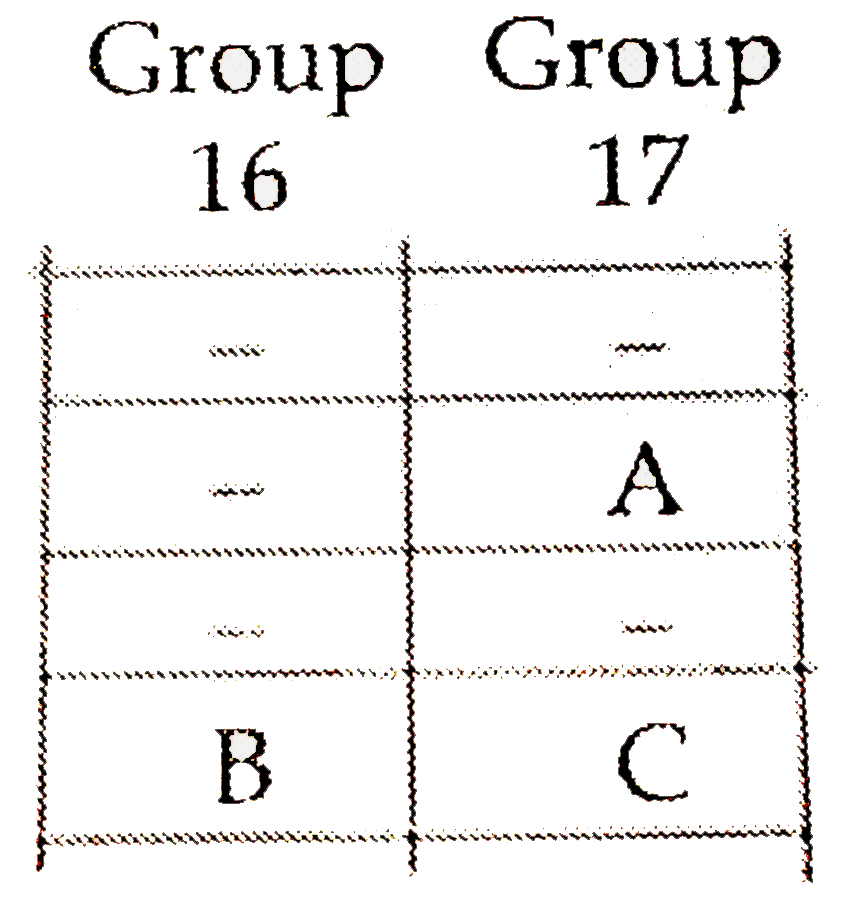Choose the incorrect statement which is suitable to 'd' block elements.
a. form coloured compounds.
b. Larger size across the period.
c. Show various oxidation states.
d. They are metals. Solution in Malayalam
a. form coloured compounds.
c. show various oxidation states.
Topper's Solved these Questions
Similar Questions
Write down the IUPAC names of the given compounds.
a) CH3CH2CH2CH(CH3)CH3
b) CH3CH(CH2CH3)CH2CH2CH3
c) CH3CH2CH=CHCH2CH2CH3
d) CH3CH2CH2CH2CH2CH3
e) CH3CH2CH(CH3)CH(CH3)CH3
f) CH3CH(CH3)CH2C(CH3CH3)CH3
g) CH_(3)CH_(2)CH(OH)CH_(2)CH_(3) h) CH3CH2CH2CH2Cl
i) CH3CH2CH2COOH
View SolutionWhich of the properties of metals is utilized in the following Instances?
Aluminium utensils are used for cooking.
Copper is used for making vessels.
Gold wires are used in ornaments.
View SolutionThe d-block elements exhibit variable oxidation states. The serveral different oxidation states shown by the d-block elements is related to their
View SolutionWhich statement is incorrect for the d-block elements
View SolutionThe transition elements (d-blocks elements) show variable oxidation states because
View SolutionThe positions of three elements A,B and C in the periodic table are shown here
(a) State whether A is a metal or non-metal?

State whether C is more reactive or less reactive than A
(c) Will C be larger or smaller in size than B?
(d) Which type of ion, cation or anion, will be formed by element A?
View SolutionThe position of three elements A, B and C in che periodic table are shown below : (a) State whether A is metal or non-metal. (b) Seate whether C is more reactive or less reactive than A. (c) Will C be larger or smaller in size than B ? (d) Which type of ion, cation or anion will be formed by the element A ?
View SolutionIf A, B, C and D are element's of 3^(rd) period of p-block in modern Periodic Table. Among these 'A' is a metal, 'B' is metalloid and 'C', 'D' are non metals and their order of electronegativity is given as rarr A lt B lt C lt D Which element is expected to form Amphoteric Oxide?
View SolutionWhy d block metals show variable oxidation state ?
View Solutiond' block elements shows variable oxidation states Why.
View SolutionExplain :(i) Variable oxidation states of d-block elements (ii) d-block elements form alloys.
View SolutionThe position of three elements A, B and C in the Periodic Table are shown below: (a) State whether A is a metal or a non-metal. (b) State whether C is more reactive or less reactive than A. (c) Will C be larger or smaller in size than B? (d) Which type of ion-cation or anion will be formed by element A?
View SolutionThe position of three elements A, B and C in the periodic Table is shown below: (a) State whether A is a metal or non-metal (b) State whether C is more reactive or less reactive than A ( c) Will C be larger or smaller in size than B? (d) Which type of ion, cation or anion, will be formed by element C?
View SolutionIncorrect statement of interstitial compounds formed by d-block elements is
View SolutionTransition elements are d-block elements, with some exceptions. Usually they are paramagnetic. They show variable oxidation states. They and their compounds show catalytic property Zn (atomic number 30) is not a transition element, though it is a d-block element. Why?
View Solution
